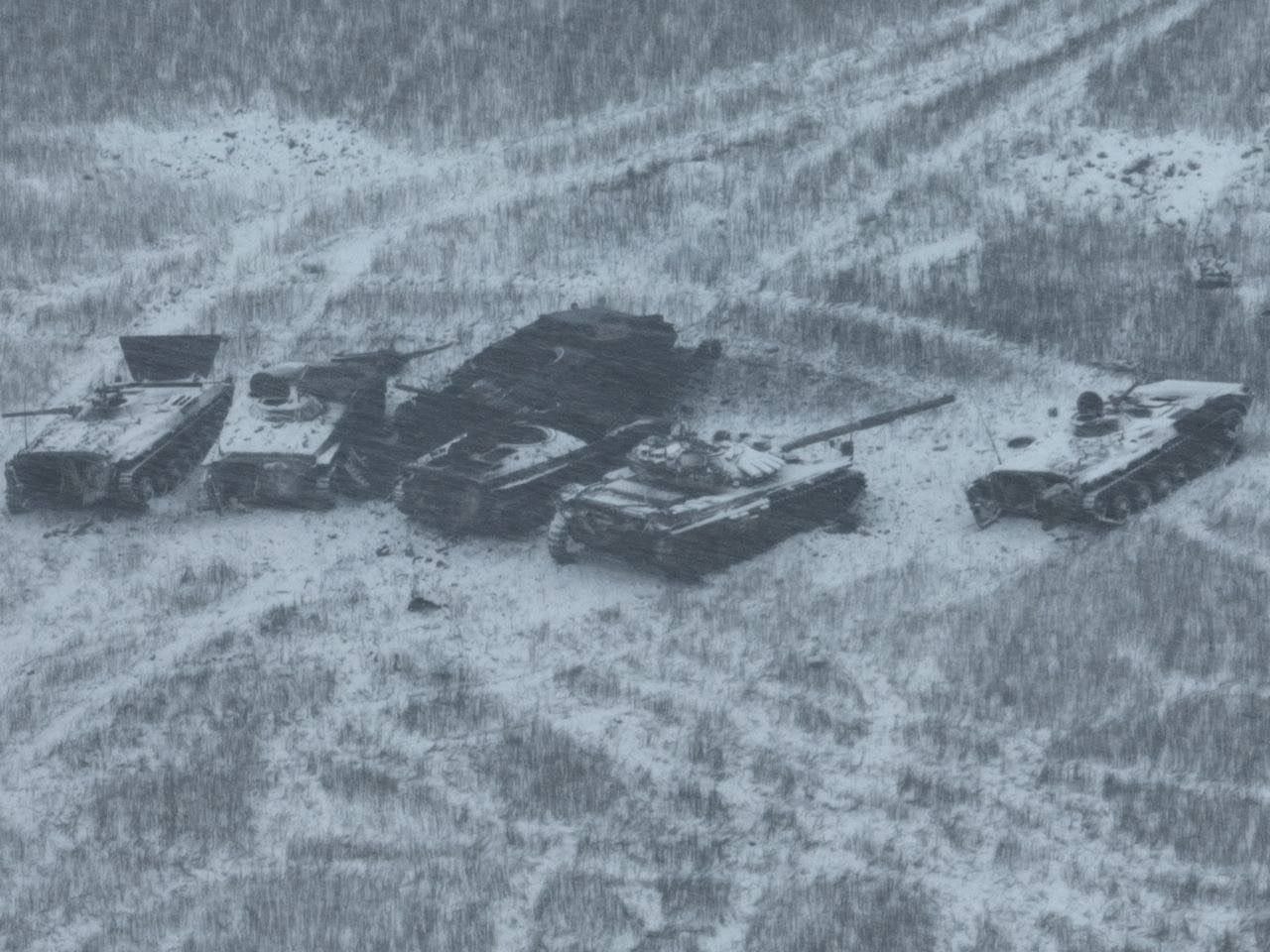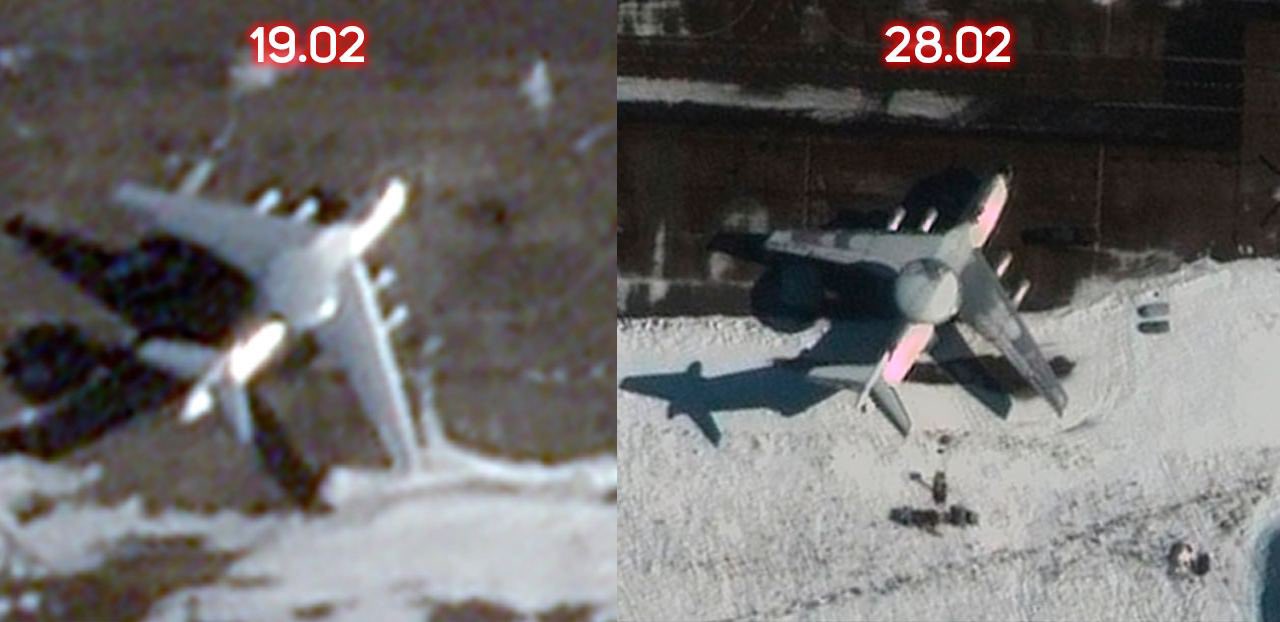Nearly a month after Berlin gave European allies permission to send German-made tanks to Ukraine, the flow of tanks so many leaders vowed would follow seems more like a trickle.
Some nations have discovered that the tanks in their armory don’t actually work or lack spare parts. Political leaders have encountered unanticipated resistance within their own coalitions, and even from their defense ministries. And some armies had to pull trainers out of retirement to teach Ukrainian soldiers how to use old-model tanks.
The struggle to provide Leopard tanks to an embattled Ukraine is just the most glaring manifestation of a reality Europe has long ignored: Believing that large-scale land war was a thing of the past and basking in the thaw of the Cold War, nations chronically underfunded their militaries. When Russia launched the largest land war on the continent since World War II, they were woefully unprepared.
Hints of the problem have surfaced repeatedly since Russia invaded Ukraine a year ago, through shortages of weapons and ammunition. But now, as Germany and its allies struggled for weeks to scrape together enough Leopard 2s to fill two battalions of tanks — 62 vehicles in total — the extent of their quandary has become even clearer.
[…]
It is not so much that nations are unwilling to make good on their promises but rather that they have faced a rude awakening as to just how difficult it is.
[…]
Finland, where many outspoken members of Parliament led the calls for Germany to allow Leopard deliveries, announced on Thursday that it would supply three Leopard mine-clearing vehicles — but none of its estimated 200 Leopard main battle tanks.
Some German officials expressed sympathy for Finland, which is not yet a NATO member and has Europe’s longest border with Russia, some 830 miles. It does not want to weaken its defenses now that Russia has shown a willingness to attack a sovereign neighbor.
But some European officials were hoping for a larger contribution from Finland, given promises from the United States and Britain to come to its defense if necessary, even before NATO accession.
Nordic countries such as Sweden, which had long pushed for Leopard deliveries but on Friday offered only “up to” 10, are facing another unexpected problem, several German officials said: While their politicians and members of the public appear keen to offer tanks to Ukraine, their militaries are not.
For decades, European countries enjoying a post-Cold War “peace dividend” had seen war as almost a thing of the past, regularly cutting military support. Now, the shrunken armies tend to be protective of what they still have. At NATO, European militaries are sometimes called “bonsai armies,” after the miniature trees.
[…]
In Germany, which for years clung to a foreign policy that emphasized aid and development more than hard power, some saw the problem as uniquely German. Yearly military reports to Parliament offered sometimes comical glimpses of the shortages. Commandos conducted water training at local public pools, because their own facilities were shut down. Planes could not fly. Soldiers trained with broomsticks instead of rifles. Even newer Puma infantry fighting vehicles recently broke down en masse.
But other European nations are now realizing their own militaries may have similar troubles.
[…]
Spain, which has 108 Leopard 2A4 tanks, early on sought German permission to offer some of its vehicles to Ukraine. Now it has discovered that many of them are in poor condition and need refurbishment that could take weeks or months.
[…]
Nevertheless, as Germany turned the pressure back on its allies for their shortcomings, Spain’s prime minister, Pedro Sanchez, on Friday improved on his promise to send six Leopards and said Spain would now send 10.
Ulrike Franke, a defense analyst at the European Council on Foreign Relations, said the struggle to find tank numbers raises questions as to where else European militaries face similar shortages and maintenance problems.
“Is it just bad luck that Spain has an issue with their Leopard tanks, but everything else works?” she said. “Or do they have the same issues elsewhere?”
“Does 10 percent of their equipment not work, or is it 50 percent?” Ms. Franke asked. “It would be a good idea for Europeans to look at this more closely.”
Poland, which has difficult relations with Germany, was foremost in pressing Mr. Scholz and Berlin on the Leopards, and even threatened to send some to Ukraine without the necessary German permission. Like Berlin, Warsaw has some 200 Leopard 2 tanks — but it says it will provide just 14. It sent the first of the tanks to Ukraine on the anniversary of the invasion, Feb. 24, although Poland has yet to finish training Ukrainian soldiers how to use them.
Warsaw may be holding off on deliveries of Leopards until it receives new Hyundai-made K2 tanks from South Korea, meant to replace the German model, some analysts said. Poland has sent many upgraded Soviet-era T-72 tanks to Ukraine.
[…]
The Netherlands, Germany and Belgium have launched a joint initiative to refurbish and send 150 Leopard 1 models to Ukraine by the end of the year. But at a training session for Ukrainian soldiers in Germany earlier this week, one general said militaries had been forced to seek out retired Leopard 1 tank drivers to come back and help train Ukrainian forces. The old model is too unfamiliar to current militaries.
[…]
As politicized as the Leopard issue has become, Gustav Gressel, a security analyst at the European Council on Foreign Relations, argued that there were plenty of solutions if European nations worked together.
The Dutch, for instance, lease 18 Leopards from Germany. Officials are discussing whether it would be possible for Germany to take some of them to use in place of its own Leopards in Lithuania and then send those to Ukraine.
Switzerland, sticking to its constitutional neutrality, refuses to send any of its 134 Leopard tanks to Ukraine. But it is willing to give the tanks to European Union members, Mr. Gressel said. Countries like Finland or Poland, he said, could request the Swiss tanks and send their own to Ukraine.
Another option would be for countries to simply buy more Leopards, made by the German companies Rheinmetall and Krauss-Maffei Wegmann, and send their current models to Ukraine. But European governments and the defense industry are currently in a standoff over production.
State leaders want industry to move first, while weapons makers want longer-term government orders before they step up production. If more government orders are made, analysts say, the more capacity may increase, thus speeding up production of weapons like tanks.
At current rates, militaries would face a serious tank shortage for the two to three years it would take the industry to make the new vehicles, security experts say — a long waiting period politicians across Europe are learning their armies are fiercely resistant to accept.
That is why Mr. Gressel argued the tanks should be sent now anyway.
“Yes,” he said, “Russia will reconstitute itself as a military threat to NATO after this war. But it will take years for them to come back as a military threat. They have to rebuild an army which is shattered and almost destroyed in Ukraine.”

